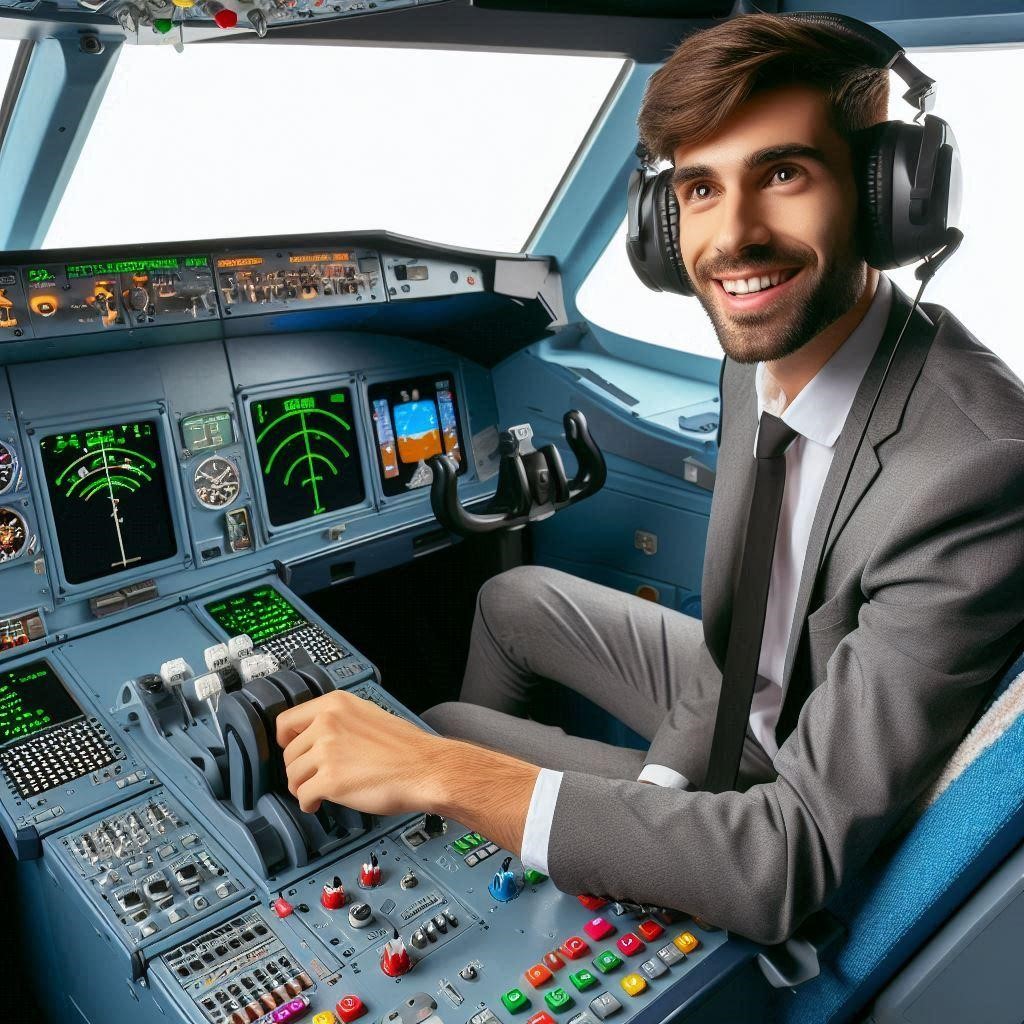In aviation, the term taxing refers to the movement of an aircraft on the ground, typically from a terminal gate to the runway for takeoff or from the runway to the gate after landing. It is a fundamental part of aircraft operations, yet often overlooked by passengers. Understanding the taxing process is crucial for pilots, air traffic controllers (ATC), and aviation enthusiasts, as it directly impacts airport efficiency and flight safety. Efficient taxiing procedures are vital in an industry where, at any given moment, there are approximately 5,000 to 10,000 commercial airplanes in the skies over the United States, all requiring precise ground movements to avoid delays and collisions.
Table of Contents
ToggleWhat is Taxing?
Taxing involves an aircraft moving along the ground using its own power, usually through the thrust generated by its engines or propellers. This movement happens along designated taxiways, which are essentially the roads that connect airport runways to terminals and other facilities. Importantly, taxing is distinct from other ground movements like towing or pushback, where external vehicles are used to maneuver the aircraft.
Etymology of the Term
The term “taxi” has its origins in early aviation slang and was first used in aviation around 1911. Its roots are believed to come from the term taximeter, the device used to calculate fares in taxis, which itself derives from the Latin word “taxare” (to estimate or assess). Over time, the concept of short, controlled movement, as seen with road taxis, was applied to the slow, deliberate movement of airplanes on the ground.
- Example: The idea behind the term “taxi” was to convey the notion of measured and controlled movement, similar to how a car taxi navigates the streets of a city.
The Taxing Process
How Taxing Works
Taxing involves the aircraft using its engines to generate enough thrust to move forward on the ground. For jet aircraft, the engines provide low levels of thrust, while propeller aircraft rely on the power generated by their spinning blades. The aircraft is steered through nose-wheel steering, which is controlled by the pilot using pedals or a tiller. Although taxing consumes fuel, it is generally far less than what is used during flight operations.
A typical Airbus A320 spends an average of 3.5 hours a day taxiing, consuming around 600 liters of fuel during that time.
Taxiways and Ground Movement
Taxiways are the defined paths at airports that aircraft use for ground movement. These taxiways connect runways to gates, hangars, and other areas of the airport. Each taxiway is marked with signs and lights to help pilots navigate safely. The design and layout of taxiways are essential for maintaining efficient traffic flow and avoiding collisions with other aircraft, vehicles, or airport structures.
Importance: Taxiing on designated paths ensures that planes move safely and efficiently, preventing delays and ground mishaps.
Safety and Regulations in Taxing
Safety Protocols
Safety is a top priority during taxing, and there are several safety measures and regulations in place to prevent accidents. These include speed limits, right-of-way rules for aircraft that are landing or taking off, and clear communication between pilots and ground control.
Example: Taxi speeds are typically limited to 16 to 19 knots (about 18 to 22 miles per hour), depending on the size of the aircraft and the conditions of the airport surface.
Air Traffic Control (ATC) Instructions
Air Traffic Control (ATC) plays a crucial role in coordinating taxing procedures. Ground controllers, a specialized group within ATC, manage the movement of aircraft on the ground, ensuring they follow the proper paths and avoid conflicts with other planes. ATC issues instructions to pilots regarding which taxiways to use, and in busy airports, multiple aircraft may be taxiing simultaneously, requiring precise coordination.
Role of Ground Controllers: They ensure that aircraft can safely and efficiently navigate from their gates to the runway or from the runway to their gates, particularly in high-traffic areas.
Challenges and Considerations in Taxing
Weather Conditions
Adverse weather can complicate the taxing process, with fog, rain, snow, or ice creating dangerous conditions. Pilots must reduce speeds and rely heavily on ground radar and ATC guidance to safely navigate the taxiways in low visibility or slippery conditions.
Airport Layout and Congestion
The layout of an airport can significantly impact how long it takes an aircraft to taxi. Larger airports, like Los Angeles International Airport (LAX) or John F. Kennedy International Airport (JFK), have complex taxiway networks, which can cause delays, especially during peak hours when multiple aircraft are moving simultaneously.
Statistics: Delays caused by taxiing can account for up to 30% of total flight delays at busy airports.
Technological Advancements in Taxing
TaxiBot Technology
TaxiBot is a semi-robotic vehicle that assists with the taxing of aircraft without using their engines. This technology reduces fuel consumption and carbon emissions by allowing aircraft to taxi without running their main engines. TaxiBots attach to the nose gear of the aircraft and are controlled by the pilot, but the actual propulsion is provided by the TaxiBot.
Future Innovations
Emerging technologies aim to improve the efficiency and environmental impact of taxing. Electric taxiing systems, for example, are being developed to allow planes to move on the ground using electric power rather than jet fuel, which could lead to significant cost savings and a reduction in emissions.
Common Misconceptions about Taxing
Taxing vs. Towing
One of the most common misconceptions is the difference between taxing and towing. Taxing involves the aircraft using its own engines to move, while towing is when an external vehicle, such as a tow tractor, is used to move the aircraft. Towing is usually done for repositioning or maintenance purposes.
Misunderstanding the Purpose of Taxing
Another misconception is that taxing is unnecessary or avoidable. In reality, taxing is a crucial part of airport operations, ensuring that aircraft can move safely between the runway and terminal. It is essential for preventing ground accidents and maintaining the flow of air traffic.
Conclusion
Understanding the process of taxing is essential for anyone involved in aviation, from pilots to air traffic controllers and even passengers curious about aircraft operations. Taxing plays a crucial role in ensuring safe and efficient ground movement, particularly at busy airports. With technological advancements like TaxiBot and future electric taxiing systems, the efficiency of this process is likely to improve even further.
For aviation enthusiasts or those working in the field, learning more about taxing can provide deeper insight into one of the many complex operations that keep air travel running smoothly. As technology evolves, the future of taxiing promises to reduce both costs and environmental impacts, making it an area worth watching closely.


